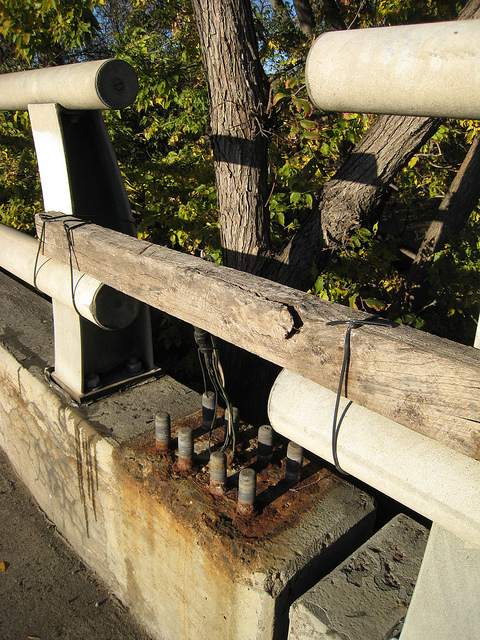The Michigan Law Firm, PLLC blog previously reported on a May 8, 2015 fatal rollover car crash in Stony Creek Metropark, involving 5 teenage boys. Speeding and alcohol were found to be factors in the motor vehicle collision that killed Johnathan Manolios, Emanuel Malaj, and Michael Wells, and critically injured Gregory Bobchick and Joseph Narra, all of Macomb County, Michigan. Now, the parents of one of the three teens killed are disputing the conclusion that their son, Johnathan Manolios, was driving the Jaguar at the time of the motor vehicle crash.
The family of Johnathan Manolios has filed a federal lawsuit with the U.S District Court in Detroit, which also alleges misconduct by Macomb County and the Sheriff's investigators working on the case, including Sheriff Anthony Wickersham, Captain David Kennedy, Sergeant Jason Abro, and Deputies Renee Yax and David Crabtree. The Detroit Free Press says the lawsuit's complaints range from due process violations to defamation and negligence.
The complaint was referred by Wickersham to the county's corporation counsel, John Schapka, who simply said, "I've reviewed the complaint. It is pathetic." A statement released by George and Susan Manolios says, "The only things we have ever wanted were answers and the truth."
The Free Press describes how, "In the days and weeks after the crash, the sheriff's office said the car with the five teens was traveling about 72-82 mph, crashed into a guardrail, and rolled five times. Sheriff's officials said everyone in the car tested positive for alcohol."
On the subject of who was driving the car, "In 2015, Wickersham had said a relative of Bobchick's owned the car and that he did not know why Manolios was driving, but investigators believed Manolios pressured Bobchick to let Manolios drive the car."
On the other hand, "The Manolios family lawsuit claims Narra was the actual driver of the vehicle, and that Manolios's body was found furthest away from the car on the other side of a riverbank 150 feet away. It also alleges that the defendants did not have the expertise, equipment, or manpower to investigate the case properly, refused to turn the case over to the Michigan State Police to reconstruct the accident, and did not conduct forensic testing on the car that would have "conclusively proven who the driver was."
The lawsuit also claims that Sgt. Abro inserted himself into the case to ensure Narra "upon information and belief, a family friend, was not prosecuted for the serious crimes that were committed that evening." The allegations mention that Abro had Narra's mother sign a consent to search form, allowing Abro to obtain Narra's toxicology results from the hospital, and that Abro ordered the roof of the car to be cut off "with no legitimate purpose other than to destroy the deployed airbags so that DNA testing could not be performed."
Among other complaints, the lawsuit "alleges that the parents inquired with the Sheriff's office where Manolios's body was found in relation to the crash scene because it was necessary for them to go there and memorialize the location pursuant to their religious beliefs. They allege that they were misinformed and told where Malaj's body was found, not Manolios's body, depriving them of their right to full practice of their religious beliefs."
To make matters worse, the complaint states the defendants confused Manolios's body with Malaj's, delivering what they thought was the body of their son, but was really Malaj's body, to the funeral home.
This lawsuit is one of several that have been filed in federal and circuit courts since the 2015 speeding car crash. The lives of five teenage boys and their families were altered forever by the unsafe decision to drink and drive, regardless of whoever was driving. Not only are there deadly consequences to high speed car accidents, but drunk driving is a whole other category of danger. There are alternatives to driving drunk, and no one in a vehicle-driver OR passenger-should bring alcohol on the road. While it's sad to imagine that investigators may have made errors in figuring out who was driving and in delivering the wrong body to the funeral, it's important to see this situation as a cautionary tale of the dangers of driving under the influence.
Teenage drivers are less experienced on the roads, and may make unsafe decisions that put themselves and their car passengers at risk for serious injury or even death, in the event of a motor vehicle accident. In order to avoid having to call a personal injury lawyer, it is important for people of all ages to stay informed about the dangers of risky driving behavior, so they can do everything they can to minimize their risk of getting involved in an auto accident. If you or someone you know has been a victim of a serious car crash, contact The Michigan Law Firm, PLLC at 884.4MI.FIRM for a free consultation.




